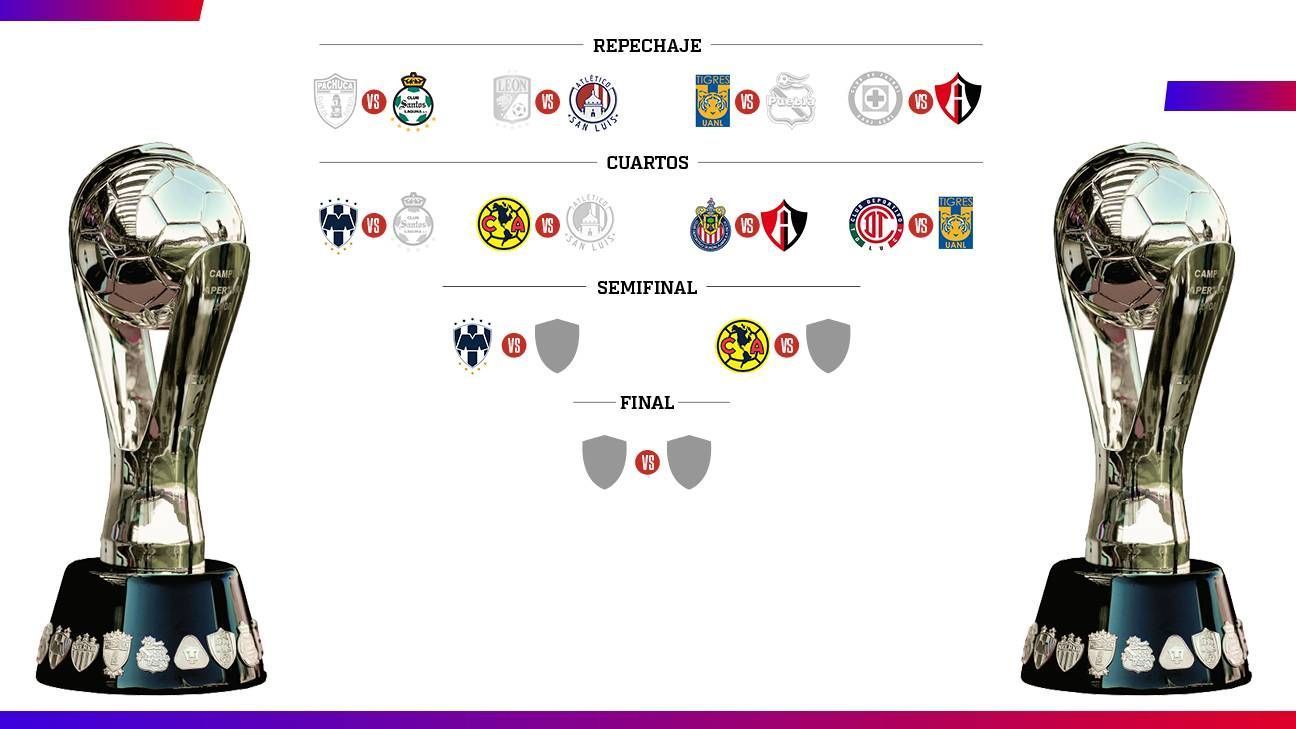Astronomers don’t win concerns. Yes, there is a lot of money with an international investment equipment that works on a daily basis with a ‘corriente of the stars’ flow that comes into the house of 1,000 galaxies with large clusters, a 300 million-year-old household. the earth.
Stellar streams were already known, both within our own Milky Way Galaxy and within other nearby galaxies, but none had ever been observed in the middle of the vacuum of space, flowing from one galaxy to another. Dubbed the Giant Coma Stream, this galactic river is 1.7 million light-years long and is the longest river astronomers have ever seen. The startling discovery has just been published in “Astronomy and astrophysics‘.
Found by chance
The first observations were made using the relatively small 70-cm telescope of astronomer and co-author Michael Rich in California. But then, by focusing the area with the 4.2-meter William Herschel Telescope, taking new images and processing them, astronomers were able to clearly see the stream of stars, a “river of light” more than ten times as long as our planet. The Milky Way floats in intergalactic space, amidst a cluster of galaxies but not connected to any of them in particular.
“This huge stream of stars – says the lead author of the article, Javier Roman, from the Universities of Groningen, in the Netherlands, and La Laguna, in Tenerife – crossed our path by chance. “When we saw this, we were studying star halos around large galaxies.”
This discovery is surprising because the giant Coma Stream is a rather fragile structure in a hostile environment of galaxies that are constantly attracting and repeling each other. According to Rainer Pelletier, one of the authors of the study, after the unexpected discovery, “we were able to simulate such enormous flows on the computer. Therefore, we hope that we will find more of them. For example, if we look at the future 39-meter telescope (ELT) and when it starts The Euclid mission, recently launched by the European Space Agency, is producing the data.”
Using these telescopes, Pelletier continues, researchers hope not only to discover new giant streams of stars, but also to get closer to the Coma Giant Stream itself and try to discover how such a structure manages to survive in such a gravitationally chaotic environment. In fact, researchers do not expect the star stream to last very long (a few million years), although it will certainly be enough for them to be able to extract all its secrets.





